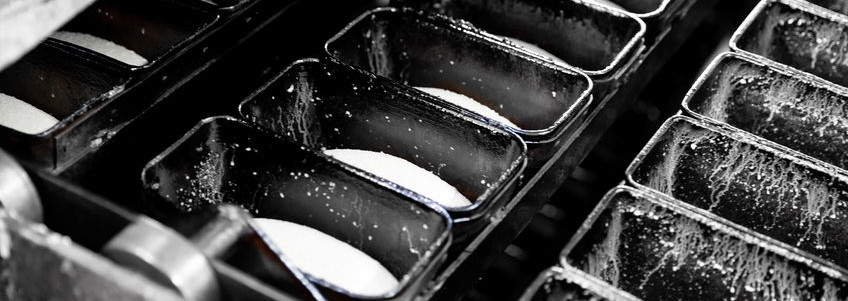
You’re trying to produce the same product on two different lines, or transfer a product to a new line. You stick to the same process and formula. But when you take it out of the oven, something is…off.
It could be the hardness, chewiness, gumminess, or color but it’s not right. Like most consistency issues, the answer is your oven. Specifically, the heat flux.
Oven heat flux = the amount of energy transferred per unit area per unit time from or to a surface.
Heat transfer and heat flux both follow three mechanisms during baking:
- Radiation
- Convection
- Conduction
When you run a heat flux profile, you can measure these energies that have an effect on your product. Then, you find the difference in these components between lines and boom! You know why one oven is baking a product differently than another one.
THEN, you can analyze, adjust and control to optimize your product lines.
How is it measured?
The heat flux sensor is designed to measure convective and radiant heat fluxes at the product level, and to identify which modes of heat transfer are predominant. Profiles are often used when trying to produce the same product on two different lines, or when trying to transfer product from one line to another. When the heat flux component profiles are matched, the two lines will produce the same product.
The ratio of components is an important factor for baked product quality. Even if the same amount is delivered to a given product, the convective heat transfer may vary. The variation could affect energy consumption as well as the appearance and quality of the baked product.

